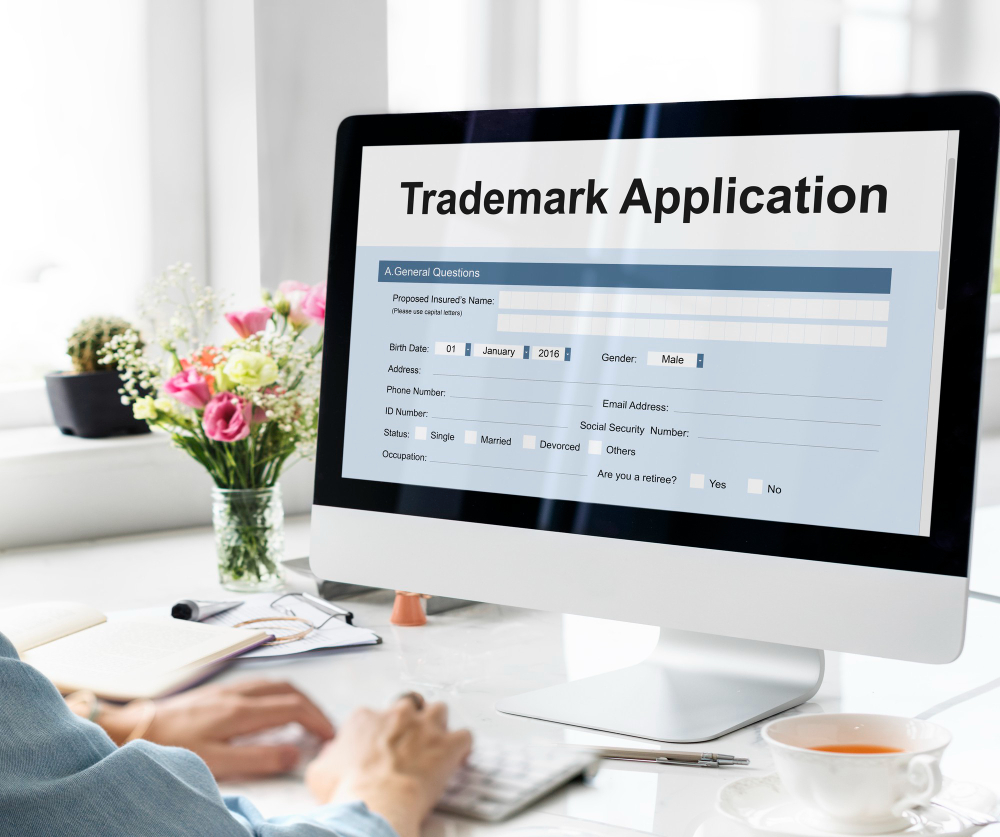Registering a trademark is a critical step for protecting your brand identity and intellectual property. A trademark serves as a distinctive symbol that distinguishes your products or services from those of others, providing legal recognition and exclusive rights to use that mark in commerce. Whether you’re a small business owner, an entrepreneur, or a creative professional, this article will guide you through the process of registering a trademark.
Understanding the Basics
Before delving into the registration process, it’s essential to grasp some fundamental concepts related to trademarks:
1. What is a Trademark?
A trademark is a word, phrase, symbol, design, or combination of these elements that identifies and distinguishes the source of goods or services. It represents your brand and its reputation in the marketplace.
2. Why Register a Trademark?
Trademark registration provides several benefits:
- Legal Protection: Registration grants you exclusive rights to use the trademark and legal protection against infringement.
- Brand Recognition: It enhances brand recognition and trust among consumers.
- Asset Value: A registered trademark can be a valuable asset that adds to your brand’s worth.
- Market Expansion: It enables you to expand your brand nationwide and, in some cases, internationally.
3. What Can Be Trademarked?
You can trademark words, phrases, logos, symbols, sounds, scents, colors, shapes, packaging, and even trade dress if they meet specific criteria. However, not everything can be trademarked, and there are limitations, such as generic terms or immoral symbols.
The Trademark Registration Process
Now, let’s dive into the step-by-step process of registering a trademark:
1. Trademark Search:
Before you begin the registration process, it’s crucial to conduct a thorough trademark search. This involves searching existing trademarks to ensure that your proposed mark is not already in use by another entity. You can perform searches on the website of the United States Patent and Trademark Office (USPTO) or your country’s equivalent authority. You may also want to hire a trademark attorney or professional search service for a more comprehensive search.
2. Identify the Appropriate Class:
Goods and services are categorized into classes, and you must identify the correct class under which your product or service falls. The USPTO, for example, uses the Nice Classification system to categorize goods and services into 45 classes. Choosing the right class is essential for a successful trademark application.
3. Prepare and File the Application:
To register your trademark in the United States, you will need to file an application with the USPTO. You can complete this process online through the USPTO’s website. The application will require the following information:
- Trademark Information: Include the trademark itself, a description of the mark, and whether it’s a standard character mark (text only), stylized/design mark, or sound mark.
- Owner Information: Provide details about the owner of the trademark, including their legal name and address.
- Goods/Services: Specify the class or classes of goods/services your trademark will cover.
- Specimen of Use: For trademark applications based on actual use, provide evidence of how the mark is used in commerce. This can include labels, packaging, or advertising materials.
- Filing Basis: Choose between “Use in Commerce” or “Intent to Use” based on whether you’re already using the mark or intend to use it in the future.
- Drawing of the Mark: If your trademark includes a design element, you’ll need to upload an image of the mark.
4. Pay the Filing Fee:
There is a fee associated with filing a trademark application. The fee amount varies depending on factors like the filing basis, the number of classes, and whether you’re using the TEAS (Trademark Electronic Application System) or TEAS Plus filing option. Check the USPTO website for the most up-to-date fee information.
5. Examination Process:
Once you’ve submitted your application and paid the filing fee, it will go through an examination process at the USPTO. This process can take several months, during which a trademark examiner will review your application for compliance with legal requirements and potential conflicts with existing trademarks.
6. Office Actions:
If the examiner identifies issues with your application, they may issue an “Office Action” outlining the problems and requesting clarification or amendments. It’s essential to respond to Office Actions promptly and accurately to address any concerns raised by the examiner.
7. Publication for Opposition:
If your trademark application passes examination, it will be published in the Official Gazette, a USPTO publication. This publication allows third parties to oppose your trademark registration if they believe it infringes on their existing rights. If no opposition is filed within the specified period, your trademark will proceed to registration.
8. Statement of Use (If Applicable):
If you filed an “Intent to Use” application and your trademark has not been used in commerce yet, you’ll need to submit a Statement of Use to demonstrate that the mark is now in use. This includes providing evidence of the mark being used as intended.
9. Certificate of Registration:
Once your trademark application is approved, and all requirements are met, you will receive a Certificate of Registration from the USPTO. This certificate serves as legal proof of your trademark rights.
10. Maintain and Protect Your Trademark:
Trademark registration is not a one-time process. To maintain your trademark, you must:
- Renew it: Trademarks require periodic renewal, typically every 10 years.
- Protect it: Be vigilant against potential infringement and take legal action when necessary to enforce your rights.
Additional Considerations
1. Consider International Registration:
If you plan to sell your products or services internationally, you should explore international trademark registration options. The Madrid Protocol provides a streamlined process for registering trademarks in multiple countries.
2. Work with a Trademark Attorney:
While it’s possible to navigate the trademark registration process on your own, working with a trademark attorney can be invaluable. They can help ensure that your application is prepared correctly, conduct comprehensive searches, and provide legal advice throughout the process.
3. Enforce Your Trademark Rights:
Registering a trademark is not enough; you must actively protect it. Monitor the marketplace for potential infringement and take legal action when necessary to defend your rights.
Conclusion
Registering a trademark is a critical step in protecting your brand and intellectual property. While the process can be complex and time-consuming, the benefits of trademark registration are well worth the effort. It provides legal protection, enhances brand recognition, and adds value to your business. If you’re unsure about any aspect of the process, seeking the guidance of a trademark attorney can help ensure a successful registration and long-term protection of your brand.







